Aqueous Coating vs UV Coating: Understanding the Differences
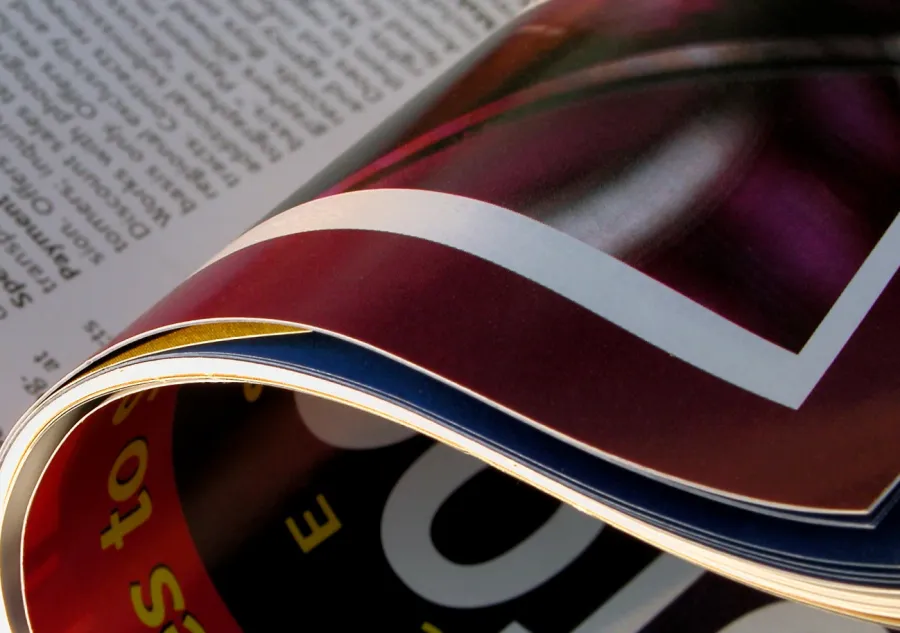
estimated reading time: 4 minutes
AQ Coating vs UV Coating
Aqueous coating and UV coating are two popular types of
protective finishes applied to print materials, such as brochures, flyers,
postcards, business cards, and book covers.
Though both coatings are used to enhance the durability and appearance of printed pieces, there are several key differences between the two.
Below is an overview of the differences between Aqueous Coating and UV Coating
Formulation:
Aqueous Coating - the primary components of aqueous coating
are water and water-soluble polymers. When this liquid coating is applied, the
suspended polymers disperse across the surface of the printed sheet. As the
water evaporates, the polymer solids form a thin protective film over the
printing.
UV Coating - though UV coatings are applied in liquid form,
they do not contain water. Rather, UV coatings are chemical-based and made entirely of polymer resin. The liquid resin solidifies into a tough film when exposed to intense Ultraviolet
(UV) light. By the way, this explains why it is called UV coating.
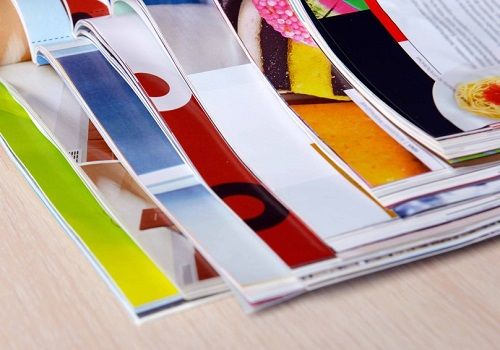
Curing Process:
Aqueous Coating - since aqueous coating relies on the
evaporation of its water in order to dry, heat and forced air flow are frequently used
to speed the curing process. Though an Aqueous coating can be dried fairly quickly,
it does take longer to dry than UV coating.
UV Coating - UV coating maintains its liquid form until it is
exposed to ultraviolet light. Once exposed, the resin experiences a photochemical
reaction which leads to the sudden cross-linking of molecules, thus causing the resin
to harden almost instantaneously.
Appearance:
Aqueous Coating - aqueous coating is available with a gloss,
matte, or soft touch finish. Of the three, gloss is the most commonly used finish choice,
especially on promotional materials. This is because a gloss coating enhances
the vibrancy of the underlying ink colors. It is also important to note that an Aqueous coating can only be applied as a flood coat, not as a spot coat.
UV Coating - just like aqueous coating, UV coating is available
in gloss, matte, and soft touch finishes. Gloss UV is an extremely popular
finish. This is because it provides an ultra-high sheen level and a slick, glasslike surface. A UV coating can be applied as a flood coat over an entire sheet, just like aqueous. However, unlike aqueous, a UV coating can be applied as a spot
coat to selected areas on the sheet.
Durability:
Aqueous Coating - an aqueous coating provides print materials with good resistance
against fingerprints, rubs, and scuffs. However, it is not as durable as a UV
coating.
UV Coating - because a UV coating is harder than an Aqueous
coating, it offers better resistance against scratches and abrasions. This makes it
a better fit for high-wear applications. Although a UV coating is not waterproof,
it does offer some resistance to light spills.
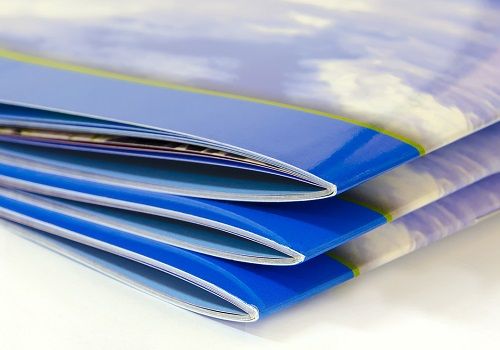
Flexibility:
Aqueous Coating - the flexibility of aqueous coating makes
it the preferred choice for printed pieces that will need to be folded. Unlike UV
coating, there is little concern about the finish cracking along the fold line.
UV Coating - because UV is a harder coating, it is not as
flexible as aqueous coating. Though pre-scoring can help UV-coated printing fold
a little easier and with less cracking, aqueous coating is still recommended for printed pieces that
require folding.
Cost:
Aqueous Coating - when it comes to affordability, aqueous
coating is one of the most economical finish choices for print materials. As such, aqueous is
often considered the default finish choice for many projects because of the economy it offers.
UV Coating - UV coating is a slightly more expensive process
than aqueous. This is largely due to its formulation being chemical-based instead of water-based, plus the need for the UV equipment to cure it. However, it is still quite economical when considering the superior
benefits it provides.
The Bottom Line
Understanding the differences between Aqueous and UV coatings can
help you make an informed decision. Factors such as budget, desired appearance,
and the intended use of the printed materials are important considerations when
determining which coating is the better choice for your specific print project.
Color Vision can assist with any Printing or Finishing need you may have!
If you would like to explore the benefits of an Aqueous or
UV coating for an upcoming print project, be sure to get in touch with Color Vision. Whether
you require a gloss, matte, or soft touch coating, you will find our printing and finishing
services to be extremely affordable.
If you have your specs handy and would like an
emailed quote, please use our simple Quote Request form. Or, if you prefer
to discuss your project by phone, give us a call at 800-543-6299. As
always, we look forward to assisting you!
Related Articles
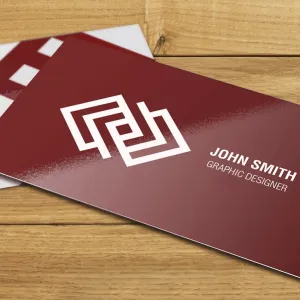
Promotional Printing: 3 Popular Ways to Add a Glossy Finish
Read This Article

Print Marketing: 5 Low Cost Ways to Promote your Business
Read This Article
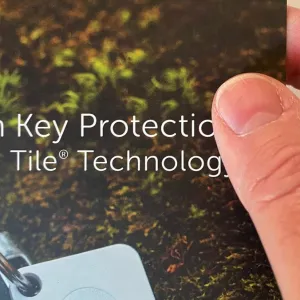
Print Marketing: Exploring the Allure of a Soft Touch Finish
Read This Article
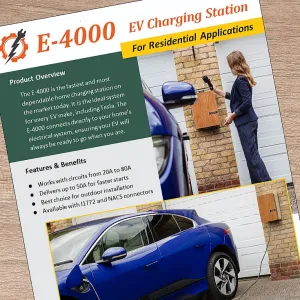
Sell Sheets: The Secret Weapon for Effective Marketing
Read This Article